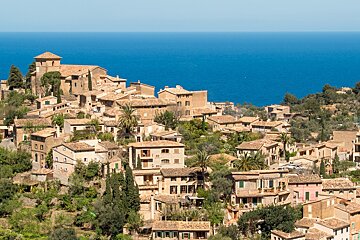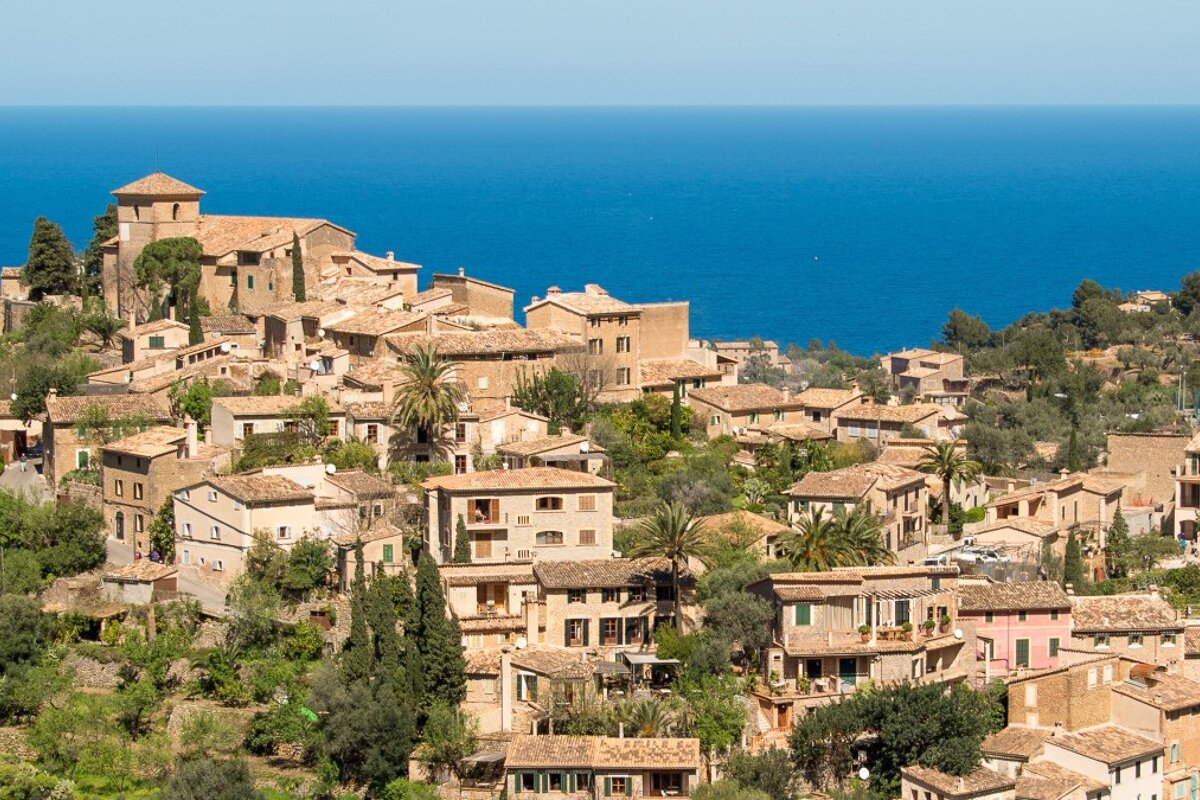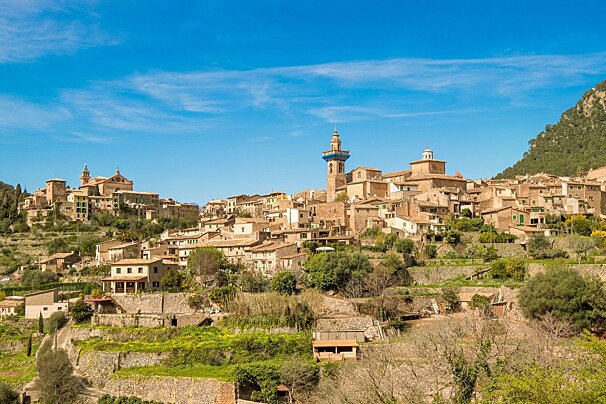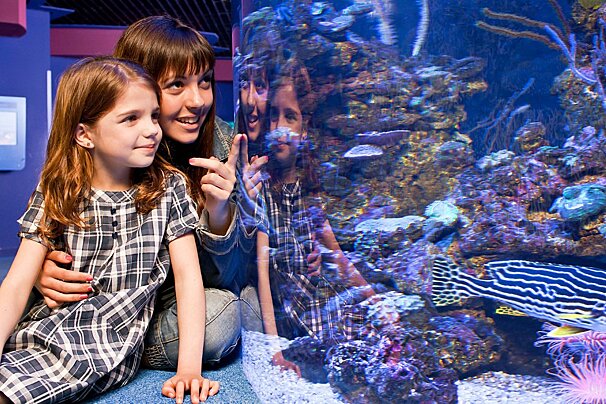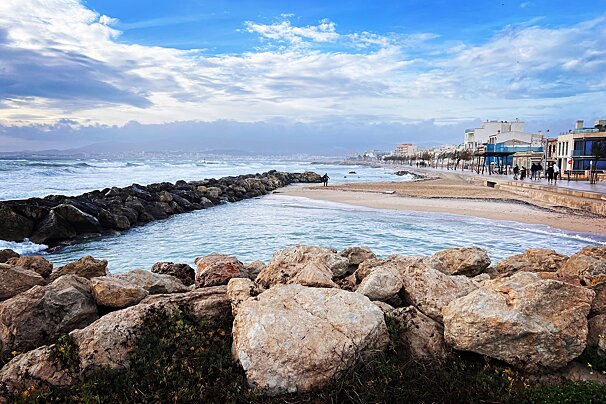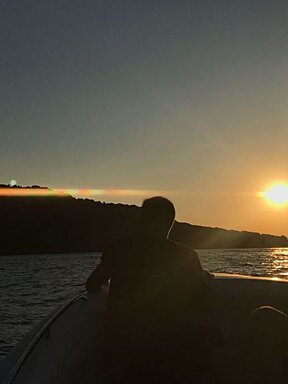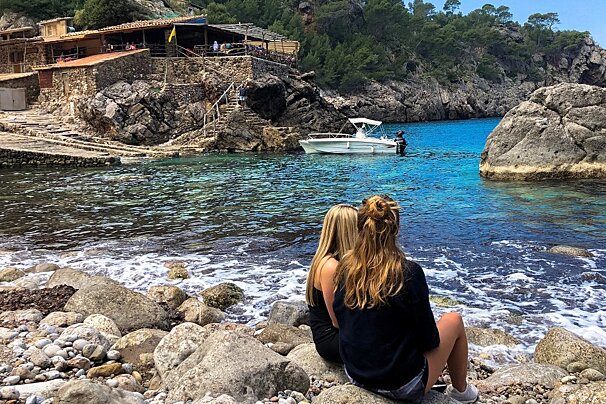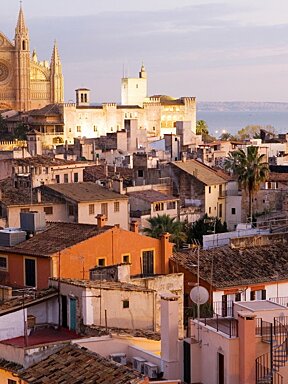Mallorca is a holiday destination boasting not only beautiful beaches but a wide range of sights and attractions. With top class art museums, castles, remains of ancient Bronze age settlements, caves, natural parks through to shopping and dining experiences, this island has a long list of things to do. Many of the highlights are in Palma, but to see the best Mallorca has to offer, a car is highly recommended.
Thanks to Mallorca’s rich history, you will find ancient remnants of the Moors, Romans and other conquerors dating right back to the Bronze Age all around the island, including watch towers, castles and other ruins. Many grand manor houses, castles, palaces and their gardens have been preserved and are now open to the public for viewings, whilst museums are available for those keen to dive into the history of the island in more detail.
It is not just man-made artefacts that are worth seeking out. Mallorca is blessed with some incredible scenery, from the mountains in the west to the marshlands in the north and a multitude of natural beauty spots scattered around the island. A number of these areas have been turned into Natural Parks, which provide not only protection to the land but have encouraged the creation of informative guides along with an infinite list of trails to follow. Passing through the foothills and over the plains of Mallorca, you can’t miss the vines growing so why not stop by one of the bodegas and learn about the rejuvenated wine growing industry? Let’s not forget to mention the incredible cave systems that have formed over thousands of years, which are now some of the islands top attractions.
Mallorca is home to a vibrant arts scene as evidenced by the number of excellent art galleries and museums found throughout the island. Highlights include the Es Baluard contemporary art gallery in Palma, the Can Prunera modern art museum in Sóller and the CCA art centre in Andratx.
It goes without saying that a spot of shopping should be on your agenda whilst holidaying in Mallorca. Do read on to find out about where the shopping hotspots are, and what kind of souvenirs you might want to bring home.
